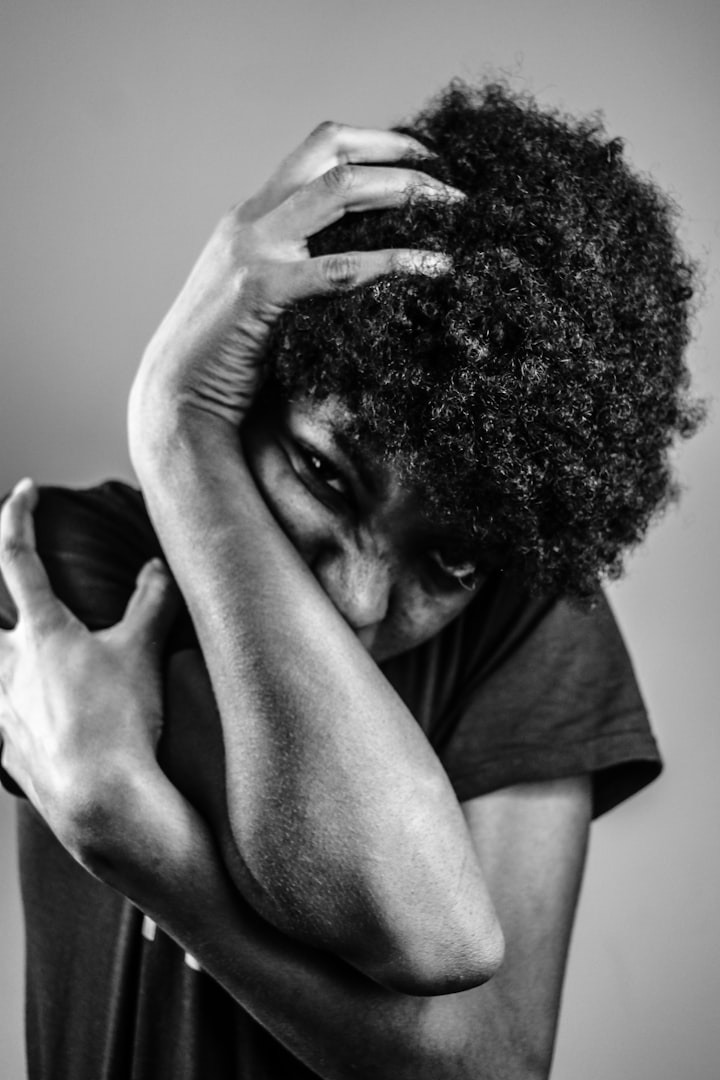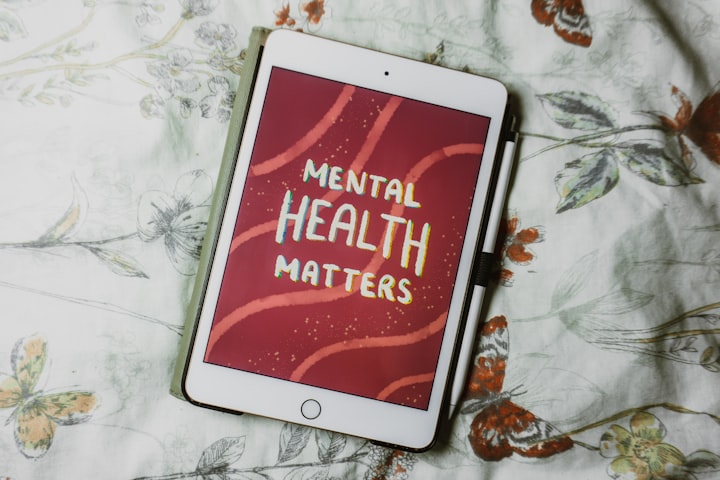Bipolar Disorder
By: Mahpara Mukhtar | Date: July 3, 2023

Having Bipolar disorder is no easy task. "Formerly known as manic depressive illness or manic depression, bipolar disorder is a mental health issue or illness that causes unusual shifts in a person’s mood, energy, activity levels, and concentration" (National Institute of Mental Health, 2020). This mental illness is a chronic illness - meaning that it is a lifelong illness that is very hard to diminish.
Manic episodes, when a person exhibits excessively "up," euphoric, irritated, or energizing behavior, and depressive episodes are where a person exhibits severe "down" symptoms, depressing, apathetic, or hopeless phases.
Types
There are about three main types of bipolar disorder. These include: Bipolar I, Bipolar II, and Cyclothymic disorder.
- Bipolar disorder I - is characterized by manic symptoms that are severe enough to require immediate medical attention or by manic episodes that persist at least seven days (almost every day for the majority of the day). The depressive episodes during this type of disorder can also occuring from time to time.
- Bipolar disorder II - is characterized by recurrent periods of depression and hypomania. When it comes to bipolar I illness, the hypomanic episodes are not as severe as the manic ones. These are more like uncertain "highs" and "lows", but not as severe as bipolar I disorder.
- Cyclothymia - is characterized by recurrent hypomanic and depressed symptoms that do not meet the criteria for hypomanic or depressive episodes due to their lack of intensity or duration. The symptoms of this type of bipolar disorder aren't as intense as bipolar I and II but may last for about 1 or 2 years. Some people may also to experience this condition for about 1 to 2 months at a time.
Symptoms
The symptoms of each of the type of disorder may as well be different in how intensified they are including how intensified their emotions, sleeping patterns and activity levels are changed. The symptoms depend on the way the person is feeling the intensity of the manic "ups" and depressive "downs". These symptoms include:
The manic symptoms
- Sudden mood changes from happiness, irritability and anger.
- Restlessness
- increased amount of energy
- Lack of speech and appetite
- Increased sexual drive.
- Easily distracted.
The depressive symptoms
- Sadness
- Loss of energy
- Forgetfulness
- Trouble making decisions
- Increase in suicidal thoughts and suicide rates
- Loss of interest and severe fatigue
Causes
There may be multiple causes to how bipolar disorder is formed. Some of these causes include:
- Brain structure and functioning - according to certain research, persons with bipolar disorder and people without the disease or anybody else's mental illness have brains that are different in specific ways from one another.
- Genetics - some genes may increase a person's risk of developing bipolar illness. According to research, there is a higher possibility that someone will get bipolar illness themselves if they have a parent or sibling who has the condition.
- Brain chemistry and biology - chemical messengers known as neurotransmitters operate in the brain. Through the body's nerve cells, they aid in message transmission. For the brain to operate properly, these substances are crucial. According to one research, some of them may even assist control behavior and mood.
- Environmental factors - there might be various environmental factors that may influence a person's way of life to develop bipolar disorder. Some of these might include - health and sleep, personal experiences, alcohol usage and external stress triggers. There may be many other factors that may also trigger a person getting bipolar disorder. Such as, when a child is - either the child was sexually, mentally or physically abused, neglect from parents, and traumatic events.
Treatment
There might be many treatments according to how severe the bipolar disorder is and how severe the symptoms are. Some of the treatment methods include:
Medications
Medication is the main treatment method used by psychiatrists and professionals.
- Antipsychotic drugs, such as cariprazine (Vraylar), and lumateperone (Caplyta).
- Mood stabilizers, such as carbamazepine (Tegretol), and lamotrigine (Lamictal).
- Anti-anxiety medications or sleep medicines, such as sedatives like benzodiazepines.
Psychotherapy
- Cognitive behavioral therapy (CBT) - this aids the person with bipolar disorder replaces negative behaviors and routines with more constructive ones. They may learn how to control their stress levels and other triggers as a result.
- Family-focused therapy - this creates a network of support to aid in therapy and enables your loved ones to identify the start of an episode.
- Interpersonal and social rhythm therapy - aims to control everyday routines including eating, sleeping, and exercising. Less mood swings and milder symptoms may result from balancing these daily needs. This also helps in balancing the daily activities and balance out the moods and symptoms of the bipolar disorder.
Summary
The bipolar disorder may be a lifelong condition but doesn't mean that it will make a person's life more miserable. It is curable to a point were the symptoms and conditions are under control and they don't effect the person's daily life. That is, staying with the treatment plan, checking when the symptoms are occurring and when to take the medicine.
Getting the right treatment is also necessary for the stabilizing of the symptoms. Though the treatment methods are still under research and more of the studies are also undergoing on where bipolar disorder comes from. The professionals and psychiatrists may be able to give the right treatment according to the symptoms that a person experiences, whether severe or not. It may be even the case that the professionals may consider mixing the medication and therapy for the treatment for bipolar disorder.
Overall, just knowing that overcoming the bipolar disorder may be hard but having enough support from our loved ones and the psychiatrists. It may not affect the way a person lives their life if given the right treatment.
References:
Bressert, S. (2021). Causes of Bipolar Disorder: Genes, Biology, and Experience. [online] Psych Central. Available at: https://psychcentral.com/bipolar/bipolar-disorder-causes#next-steps [Accessed: 3 Jul. 2023].
Purse, M. (2019). How Mania Varies Between the Bipolar Types: An Overview. [online] Verywell Mind. Available at: https://www.verywellmind.com/bipolar-disorder-overview-378810 [Accessed: 3 Jul. 2023].
Holland, K., Raypole, C. and Sharon, A. (2021). What’s Bipolar Disorder? How Do I Know If I Have It? [online] Healthline. Available at: https://www.healthline.com/health/bipolar-disorder#takeaway [Accessed: 3 Jul. 2023].
WebMD (2003). Bipolar Disorder. [online] WebMD. Available at: https://www.webmd.com/bipolar-disorder/mental-health-bipolar-disorder [Accessed: 3 Jul. 2023].
National Institute of Mental Health (2020). Bipolar disorder. [online] National Institute of Mental Health. Available at: https://www.nimh.nih.gov/health/topics/bipolar-disorder [Accessed: 3 Jul. 2023].





Comments
There are no comments for this story
Be the first to respond and start the conversation.